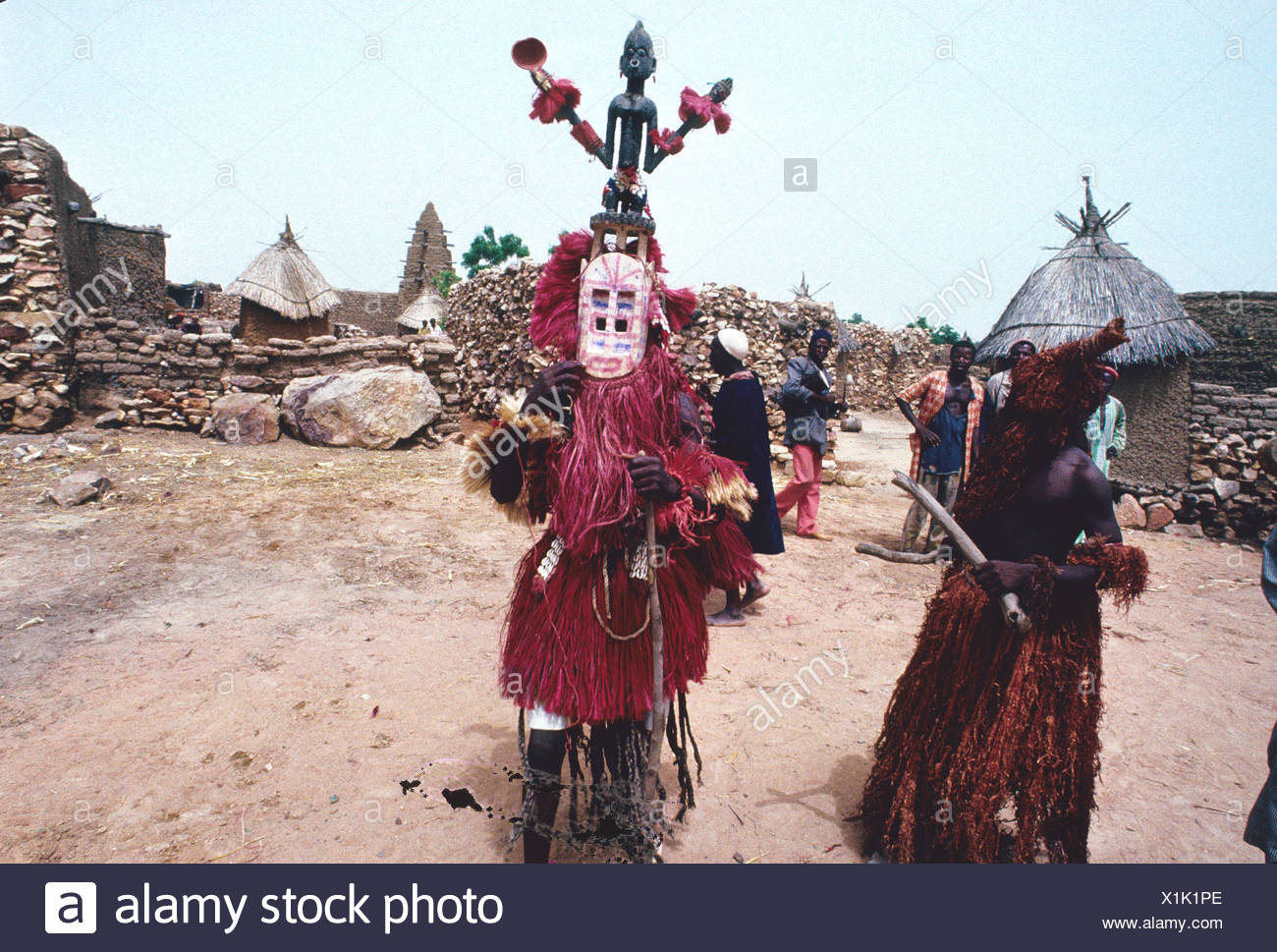

Awa children do not go to school! Apãranã ("Little Butterfly") swings from a liana over a creek where children bathe and play. Family Life Many family groups go off on extended hunts lasting several weeks. Approximately 350 members survive, and 100 of those have no contact with the outside world. They are extremely skilled with a bow and arrow! Awa Tribe- Brazil The Awá are an endangered indigenous group of people living in the eastern Amazon forests of Brazil.
#Awa tribe fact file how to
Did you know that there are about 50,000,000 tribal people living in world's rainforests? These people depend on the forests for their food and shelter.įrom a young age, all Awá learn how to hunt. LIVING THERE PEOPLE OF THE RAINFOREST We often overlook the millions of people that live in the rain forests. To compare my own life to that of an Amazon tribe. Absent, however, are settlers-and the horses, cattle and chickens they have introduced.LI: To create my own tribe of the Amazon rainforest. The hunting is always good in the iwa, for it is also home to the animals of the forest. The men take turns to enter, and as they reach the iwa they encounter the souls of their ancestors and the spirits of the forest. They reach this place through a doorway that takes the form of a hunting shelter, a portal between worlds. No drugs or alcohol are involved: chanting alone sends the men into state of trance.ĭuring the ritual, the men leave the Earth behind as they travel to the iwa, the domain of the forest spirits. Later, as the grown-ups’ chanting grows louder, and the men make their way to the place of the spirits, babies fall asleep in the moonlight. As wives decorate husbands with feathers from the king vulture, using tree resin as glue, young children look on. Not the Awá’s journey to the realm of the forest spirits: this is a family affair.
#Awa tribe fact file full
You might imagine that a ritual held in the forest on the night of a full moon would feel sinister. They recovered when the government was pressed to take action to protect their lands. Other tribes in Brazil, such as the Yanomami, have suffered devastating invasions. Today, the railway brings outsiders hungry for land, work and the game animals that are easily poached from the tribe’s land.īut the encroaching settlers need not spell the end for the Awá. Disaster soon followed in the shape of malaria and flu: of the 91 people in one community, just 25 were alive four years later. When the 900 km (550 mile) long railway was built in the 1980s, the authorities decided to contact and settle many of the Awá whose lands it cut through. On their way they pass just metres from the forests where uncontacted Awá still live. Trains stretching over 2 km (1¼ miles), some of the longest in the world, run all day and all night between the mine and the Atlantic Ocean. It is the largest iron ore mine on the planet.

Seven billion tonnes of iron ore lie beneath the Carajás mine alone, 600 km (370 miles) to the west of Awá territory. In this way the Awá ensure the survival of the entire forest, themselves included.īrazil’s spectacular seams of underground resources have helped fuel its economic miracle. Other animals are hunted only at certain times of the year. Eating a bat is said to cause a headache. Some animals, such as the capybara and the harpy eagle, are taboo and no Awá will eat them. The forest provides its bounty, but not everything is taken. But each hunter maintains a highly crafted bow and set of arrows for when the ammunition runs out. Some settled Awá have confiscated shotguns from poachers and have become skilled marksmen. Arrows fly high and silent into the forest canopy, allowing several shots before game is alerted to the hunters’ presence. Those Awá still living uncontacted in the forest hunt with 2 metre (6 foot) long bows.

Women encourage their husbands to return with plentiful game meat, and the men oblige. ‘If my children are hungry, I just go into the forest and I can find them food,’ says Peccary Awá.


 0 kommentar(er)
0 kommentar(er)
